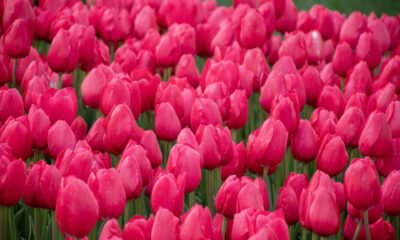

When tragedy strikes, the aftermath can be overwhelming. Homicide scenes are heartbreaking and chaotic. The emotional toll on families is immense, leaving them grappling with shock...


In the ever-evolving world of software development, staying ahead of the curve is essential. Enter Yell51x-Ouz4—a tool that promises to revolutionize how developers tackle their projects....


The name Epstein sends shivers down the spine of many. Jeffrey Epstein, a financier turned infamous figure, left an indelible mark on society that extends far...


Welcome to the digital age, where a world of opportunities lies just a click away. For businesses in Zanzibar, this era offers an unprecedented chance to...


Are you tired of the endless search for the perfect cleanser? One that’s gentle on your skin, yet effective at removing dirt and impurities? Look no...


Welcome to Kite House Dakhla, where the wind whispers tales of adventure and excitement. Nestled in the heart of Morocco’s stunning Dakhla Peninsula, this kiteboarding paradise...


Flowers have captivated humans for centuries with their stunning beauty and symbolism, offering a wide variety of colors, shapes, and scents. Whether you’re a gardening enthusiast,...


When it comes to product branding and packaging, labels play a crucial role in attracting customers, conveying essential information, and establishing a brand identity. Choosing the...


For over a century, Harley-Davidson has embodied the spirit of freedom, adventure, and rebellion. Owning a Harley isn’t just about transportation—it’s a lifestyle. Protecting this prized...


Are you ready to take the next big step in your education? If you’re exploring diverse learning opportunities, Courses in Empower might just be what you’re...